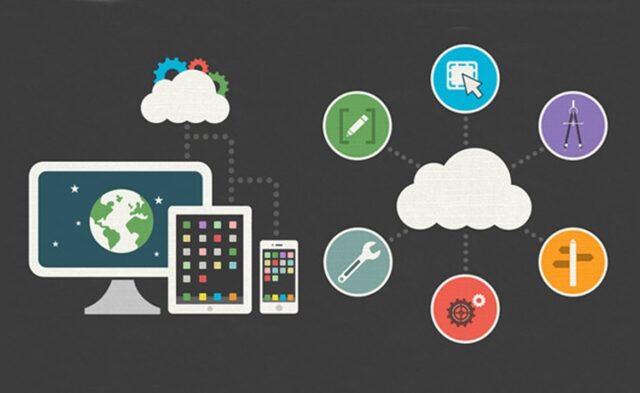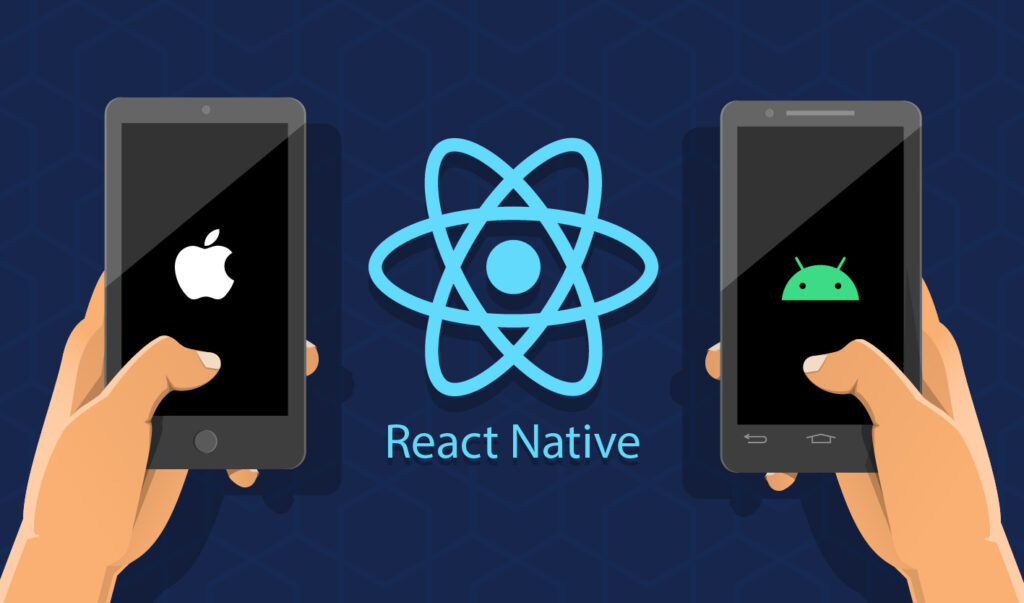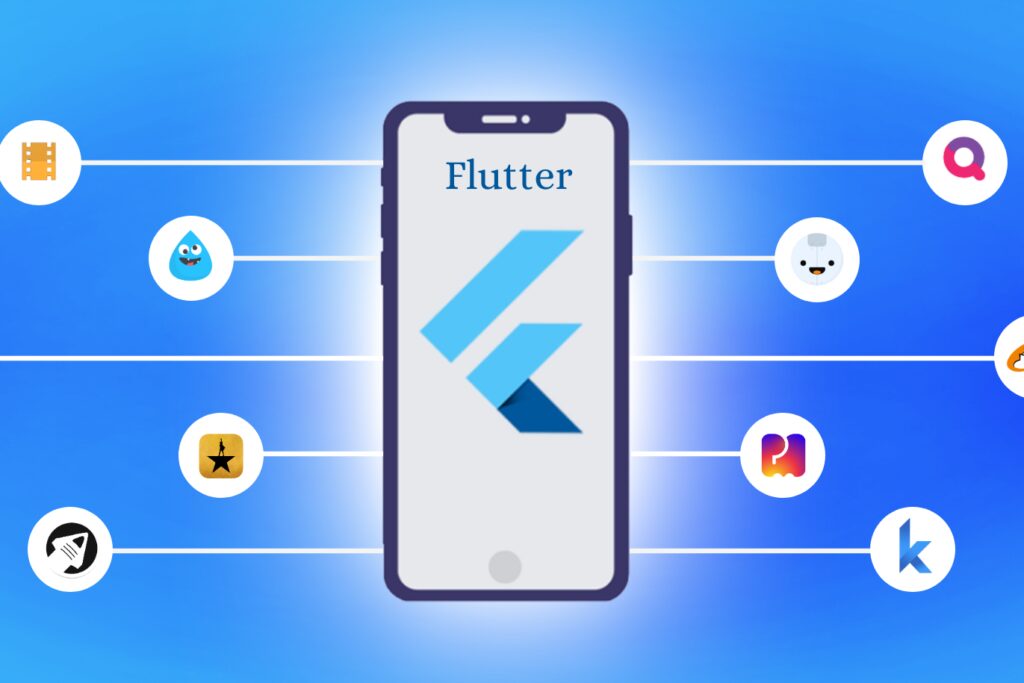
We are overwhelmed with the options that we have before us while building apps. The most common one is to develop an app for the iOS or Android platform or both, and this is the right choice in many scenarios. However, there are some cases when you want to develop an app for multiple platforms.
This brings up another question. Is cross-platform development a good idea? Yes, but it’s not right for every situation. In this post, I’ll cover the pros and cons and I will share my perspective on the topic.
Why is it necessary?

The world has altered dramatically. Platforms are today more competitive than ever before, and the question is no more whether your app will operate on one or the other—which platform will offer what you want your app to achieve. While each platform has its own set of advantages, there’s no denying that having your app available on more than one platform—especially if that platform is iOS—has a significant economic benefit.
Why? Because iOS is the market leader and, despite its limitations (which are numerous), it provides the best overall user experience, while the Google Play Store is continually expanding (albeit it still lacks several features you might expect from other platforms).
Pros
In the last year, the number of people working on mobile apps has increased considerably. Many entrepreneurs seeking to reach a worldwide audience have turned to it as one of their primary strategies. Without having to rewrite all of your code, cross-platform mobile app development allows you to create an app that works on both iPhone and Android.
With a single code base for both platforms, costs are reduced and the user experience is enhanced. More marketers are realizing the necessity of having strong mobile applications as more businesses switch to mobile applications. The simplicity, speed, and accessibility of these apps make them invaluable tools in almost everyday life.
Cons
The low performance of cross-platform mobile app development is primarily due to a lack of attention to detail by developers, resulting in apps that are difficult to use and often frustrating to evolve.
Popular applications like Facebook Messenger, Twitter, Instagram, Snapchat, etc. require an element of interactivity or story-telling that can only be created through a single application platform. Although there are numerous cross-platform mobile app development platforms available today, only a handful of them offer applications that meet the needs of today’s consumers.
Tools
Available frameworks enable the rapid creation of native apps that are fun to use and optimized for a wide range of devices. These applications run natively on iOS, Android, and Mac.
Xamarin

A popular application platform for developing cross-platform applications is Xamarin. It provides toolsets for developers to build hybrid apps that run directly on top of competing platforms and can consume data from them seamlessly. Platforms such as Android and iOS have large ecosystems that are rich in applications and data. Creating a winning application for these ecosystems requires not only creativity but also strategy and knowledge of the various app stores available.
React Native

It is an open-source initiative that allows developers to create native mobile apps using only React and MobX. The React Native team has made it their objective to assist as many developers as possible in learning how to code in Native. This free guide will teach you all you need to know about using React Native on iOS and Android.
Ionic is a simple, yet powerful, easy-to-use dev tool. It is used to create both single-page applications as well as reusable, reusable custom themes. All you need to get started with icons is either a stock photo or an image hosted on our servers. From there, you can add your own spin with CSS and JavaScript. Icon creator allows you to select from an enormous variety of icons suitable for almost anything you could possibly need
Flutter

It is a platform created to help businesses use mobile app development tools. Flutter makes it easy for users to create, customize and save their favorite multiple-device accounts. Users can connect any number of devices (phones or tablets) using a standard WiFi/3G internet connection.
Flutter allows users to interact with the software in personal, autonomous and collaborative ways — all while remaining protected by their own personal data. You need to choose someone who is a cutting-edge mobile app and service development firm that specializes in cross-platform mobile app and website development on the Google, Apple, and WebSphere Development Platforms.
We specialize in providing enterprise and mobile users around the world with high-quality applications and user interfaces. Some like Webspaceteam has pioneered unique solutions to bridge the gap between mobile business and data as the leading provider of enterprise mobile applications. Visit https://webspaceteam.com/mobile-development/ to learn more.
Final Thoughts
Forget about that one website that has everything and everyone you need to succeed. Forget about the four or five apps that are just a slightly different way of doing the same thing. iOS has been a game-changer for the smartphone and although Android may have a couple of killer apps, there’s no denying that for many it’s just not worth the additional resource and cost.
Cross-platform mobile apps can be just as important as desktop applications — if not more so. The success of an application or platform can be measured not just by how many people use it but by how well it adapts to the varying capabilities and needs of different device types.













